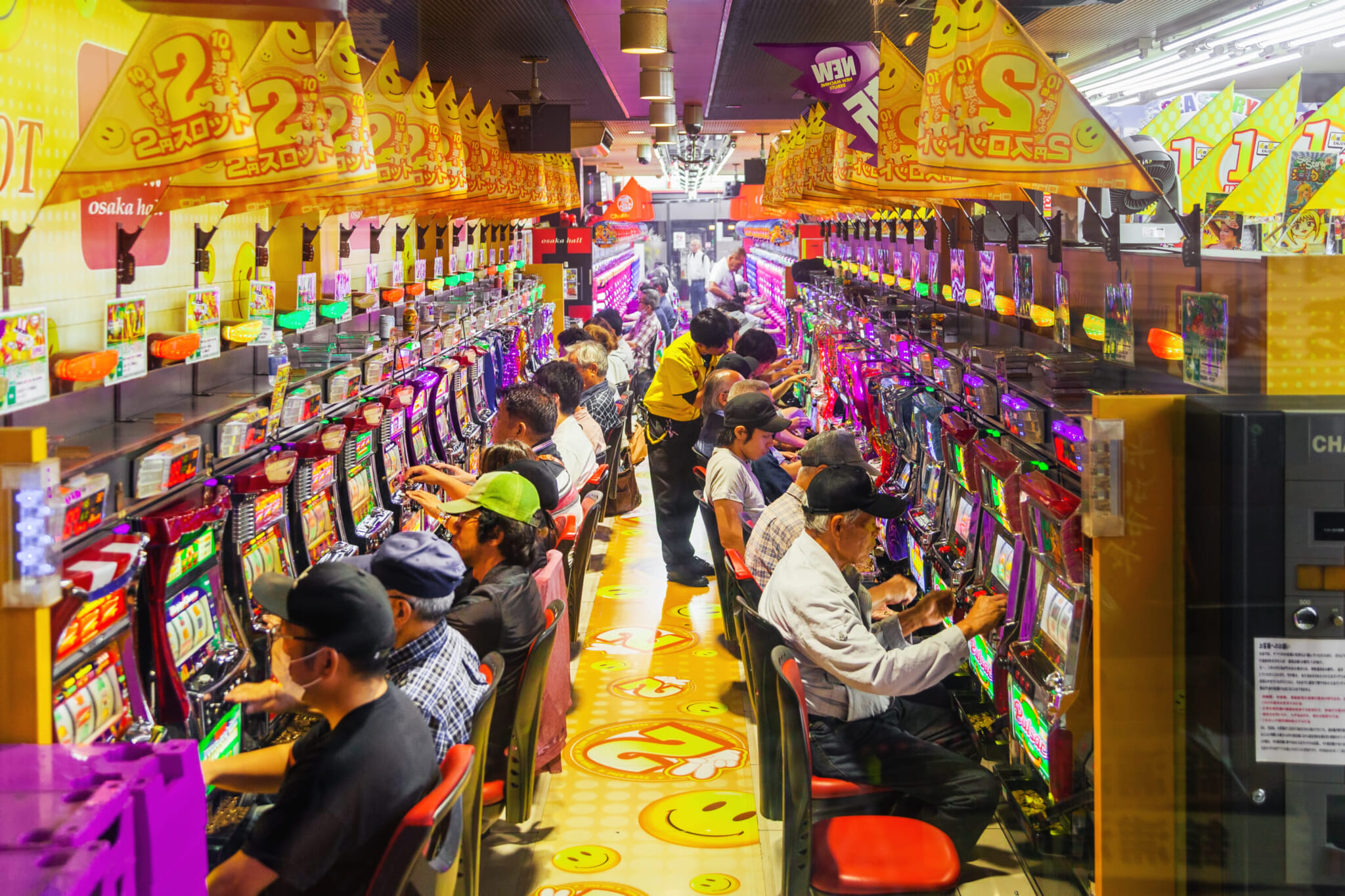First introduced to Japan in the 1920s, pachinko is a pinball-like arcade game that sits somewhere between Western pinball and slot machines. Despite bringing in around ¥55 trillion in 2022, and accounting for approximately a quarter of the leisure industry, pachinko has suffered a serious decline in interest across the country over the last few years.
What is Pachinko?
Pachinko is based on an 18th century Western European indoor billiards game called “bagatelle,” where players shoot balls past wooden pins into holes. At some point between 1750 and 1790, a variant of bagatelle, using thin metal petals, started to be played. Referred to as Stosspudel, or “Japanese billiards” in English, this centuries-old pastime is the basis on which contemporary pachinko was founded.
Upon entering a pachinko hall, you will be met not only with flashing lights and the stench of stale cigarettes, but an overwhelming clamor of balls rattling around. In fact, the game’s name is inspired by this distinctive clattering sound, akin to the Japanese onomatopoeia word “pachin.”
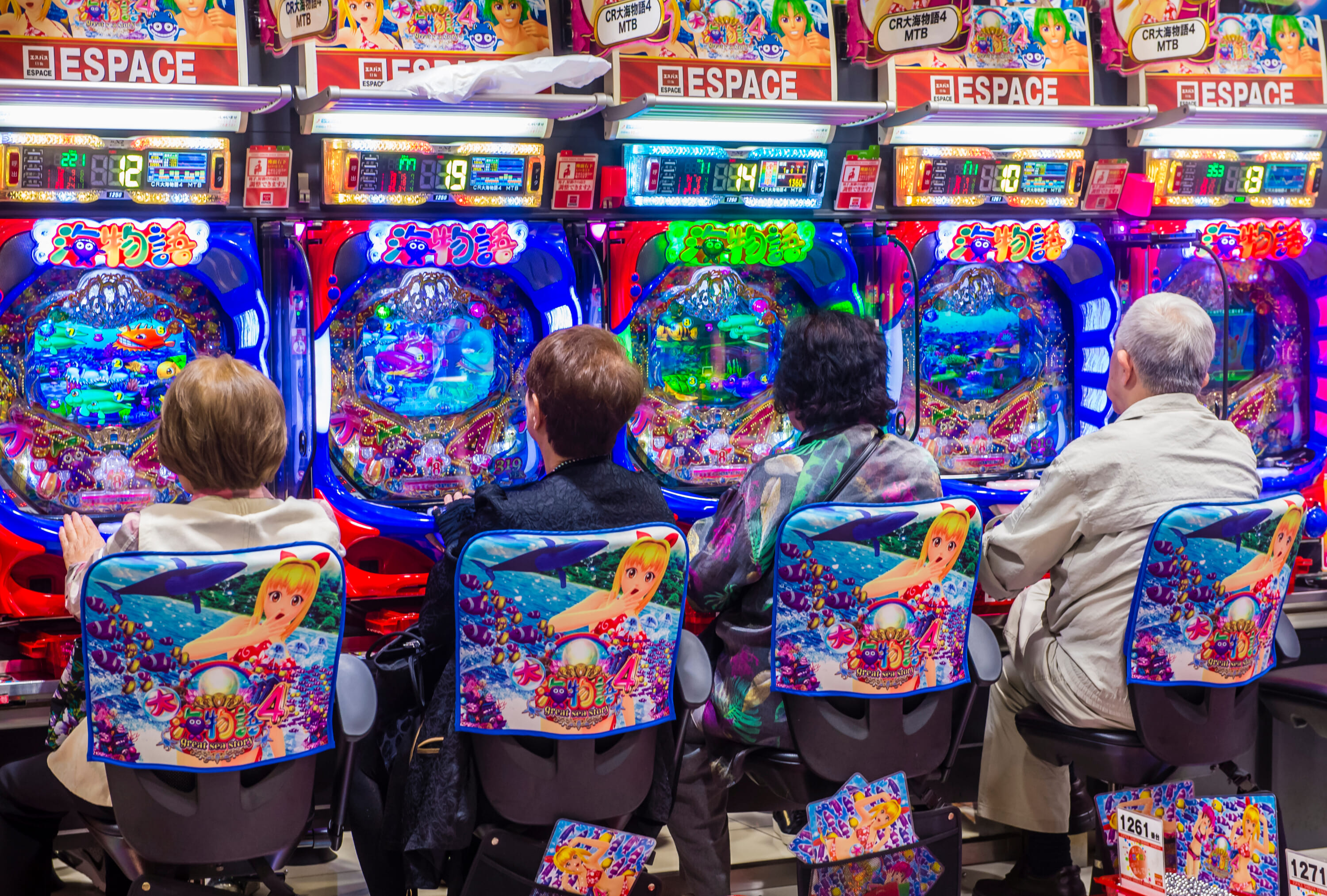
For those unfamiliar with pachinko, the rules can certainly feel a little obscure. A test of both luck and skill, the game involves shooting small steel balls into machines, which then bounce off certain pins, and hopefully fall into winning pockets. These balls are then exchanged by players for prizes.
While the first pachinko machines were all mechanical, the 1980s saw the introduction of new, electronic gaming devices that offered animated displays as well as sound and light effects. Developments to the game itself have also continued into the 21st century. The spoils of pachinko were originally limited to one big jackpot, called an ooatari, which literally translated means a “big win.” In 2007, however, players were given the opportunity to get their hands on a “small win” known as a koatari. The play of koatari games involves a shorter “payout mode” time, within which the payout gate is only open for a short time.
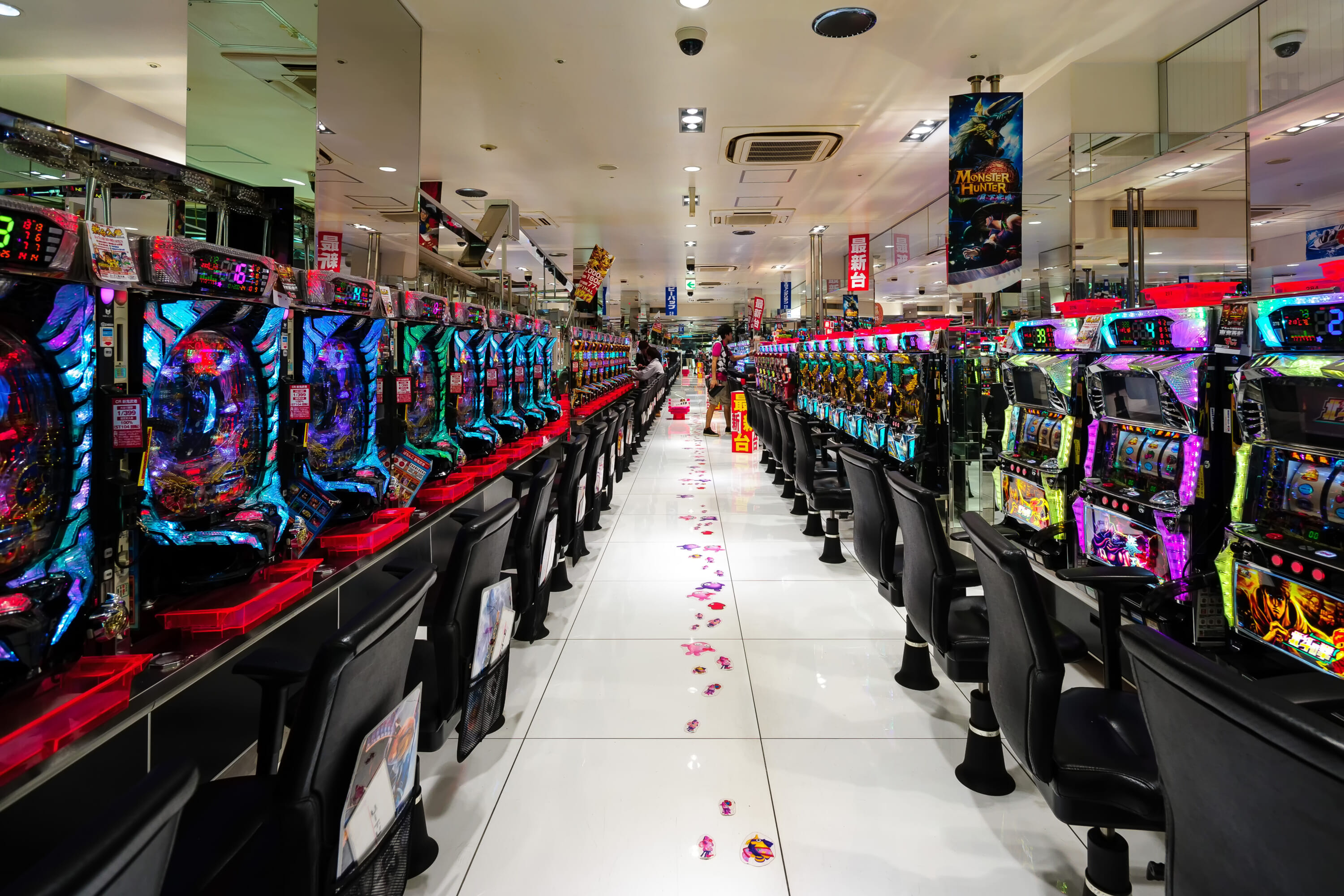
Why is the Pachinko Industry in Decline?
Previously played by children, Japan’s adult population first went ballistic for pachinko after the Second World War, when the first commercial pachinko parlor opened in Nagoya. Popularity peaked during the 1990s, with an estimated 30 million people in approximately 18,244 pachinko parlors across the country. Today, however, according to the National Police Agency, the number of pachinko parlors has fallen to 7,655 — a 9.3% decline from the previous year.
There are several distinct factors that have contributed to the overall fall in active pachinko play. The COVID-19 pandemic, however, was undoubtedly a significant catalyst in the game’s dwindling prowess. As windowless, crowded spaces, pachinko parlors were naturally identified as potential hotbeds for the coronavirus to spread, prompting municipal governments across the country to assert pressure on these parlors to close. This extended hiatus naturally put considerable financial strain on these institutions, and in 2021 alone, a reported 640 parlors went out of business.
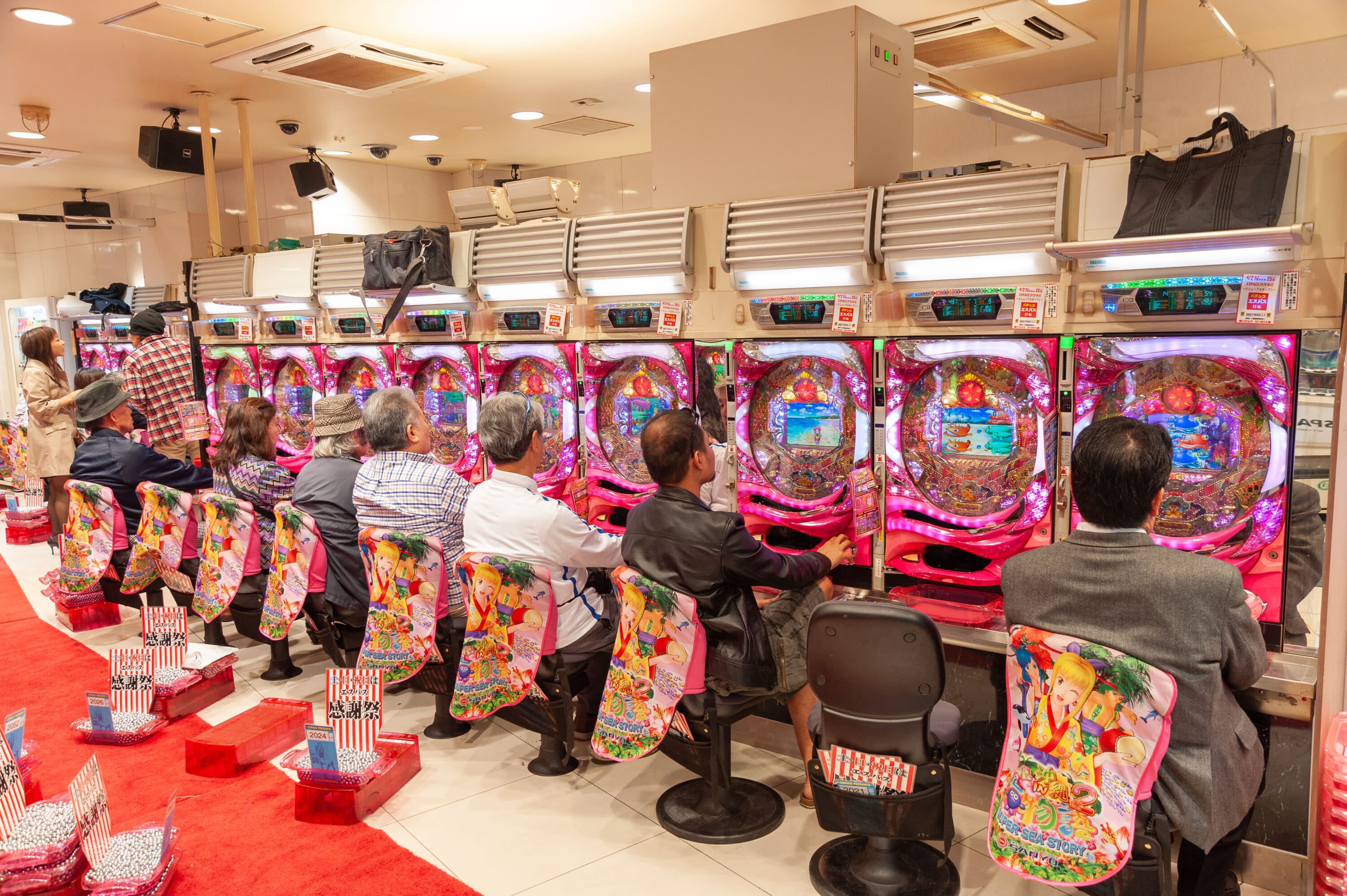
The problems faced by pachinko parlors, however, extended further than the emergency measures taken in the wake of the pandemic. In addition to the government restrictions imposed on these establishments, the place of pachinko within society has also seen a significant shift in recent years.
Many young people today see the game as the preserve of older people, particularly older men. They have, instead, turned their attention towards mobile and video games in their quest for the same dopamine hit. While many of these parlors have licensed anime and video game franchises in a desperate bid to appeal to a younger clientele, as well as striving to provide cleaner, more spacious conditions — a smoking ban was even considered in 2018 — pachinko businesses are struggling to galvanize the engagement of the younger population.
Gambling Laws in Japan and the Rise of the Casino
While gambling remains illegal in Japan, as an “amusement activity,” pachinko occupies a legal loophole. The tokens awarded there are given as prizes, which can then be exchanged for cash at nearby centers. Operating as distinct entities from the parlors themselves, the existence of these exchange booths has allowed pachinko parlors to circumvent anti-gambling laws.
In recent years, though, there has been increased discussion surrounding these systems, with talk of cash exchanges within pachinko parlors becoming permissible. Particularly given the long-standing association of pachinko with organized crime groups, like the yakuza, lawyers associated with the pachinko industry have argued that this unification will provide legitimacy to the halls, thus reducing the widespread public stigma surrounding pachinko halls and their owners. This idea, however, has been met with reservation from many, particularly the owners of smaller halls. They fear it might result in higher taxes, thus intensifying the financial pressure experienced by many pachinko institutions.
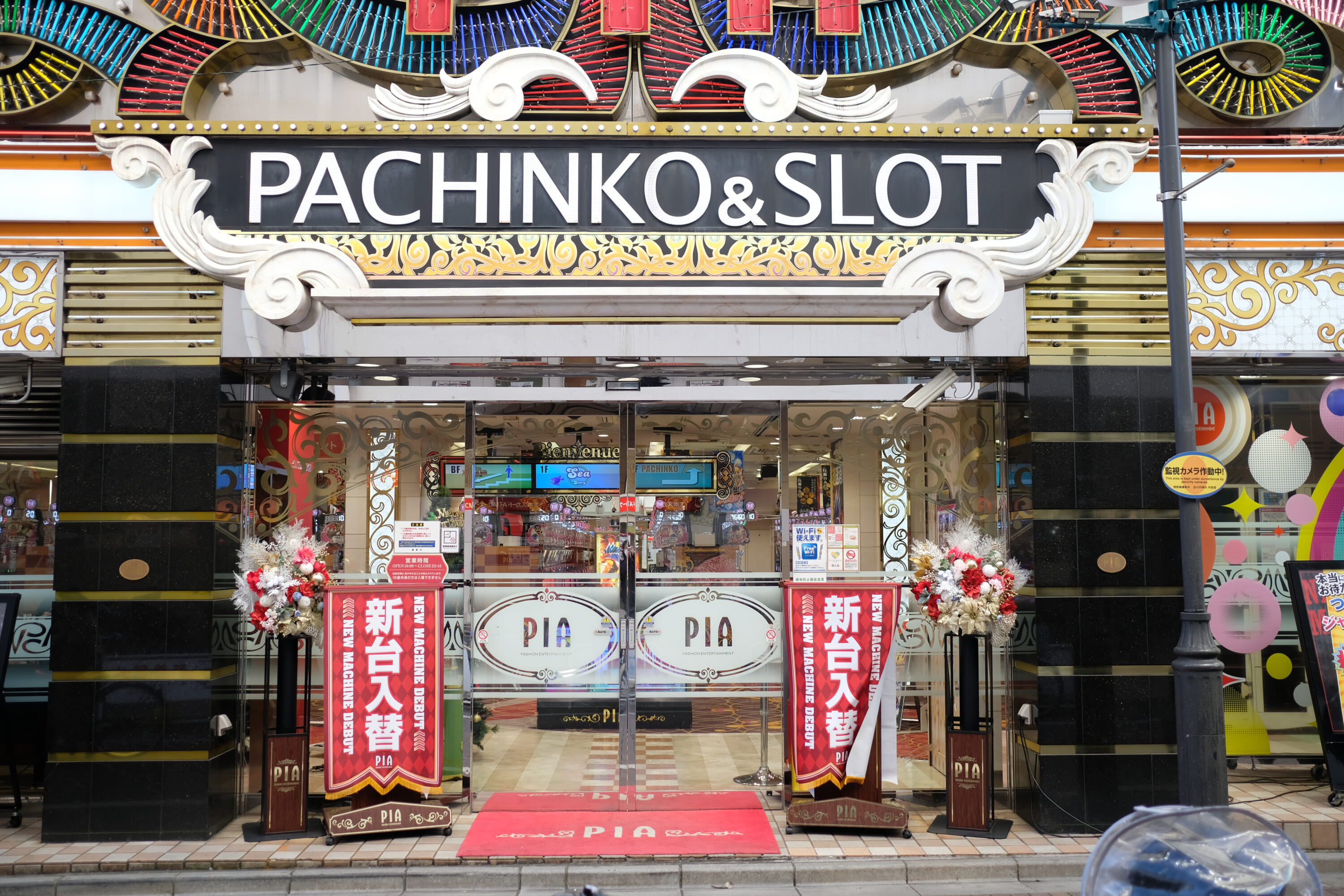
An additional threat to pachinko as it currently stands, is the changed legality of casinos in Japan. Due to the illegality of private gambling here, the gray area resided in by pachinko parlors has allowed them something of a monopoly in the industry. But in 2018, a law was passed permitting the play of some games, such as poker, in an effort to create job opportunities and boost revenue and tourism. And in 2029, there is a controversial plan to build Japan’s first gambling resort in Osaka. It has already been officially approved.
It’s predicted to attract around 20 million annual visitors, bringing in approximately ¥1 trillion to the country’s suffering economy. With talks of an additional complex also opening in Nagasaki, as part of the Huis Ten Bosch Dutch-themed theme park, it seems the government’s stance towards the operation of casinos is beginning to change. If young people continue to renounce pachinko, and the casino floodgates are opened across the country, the nation’s favorite game may well fall into oblivion.

